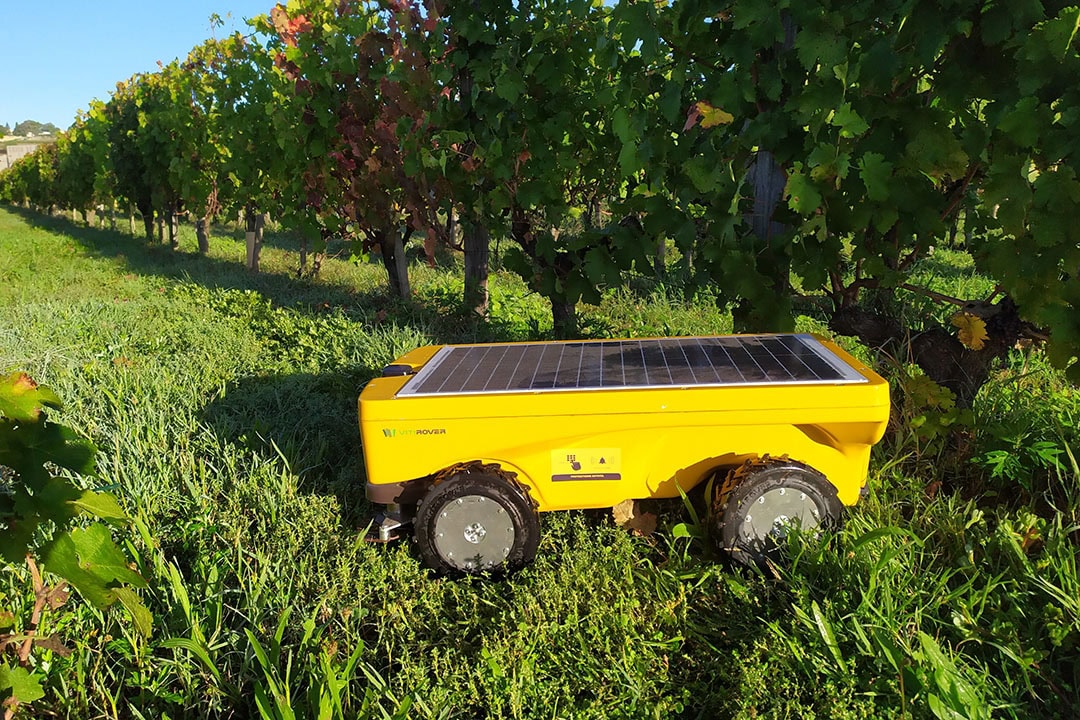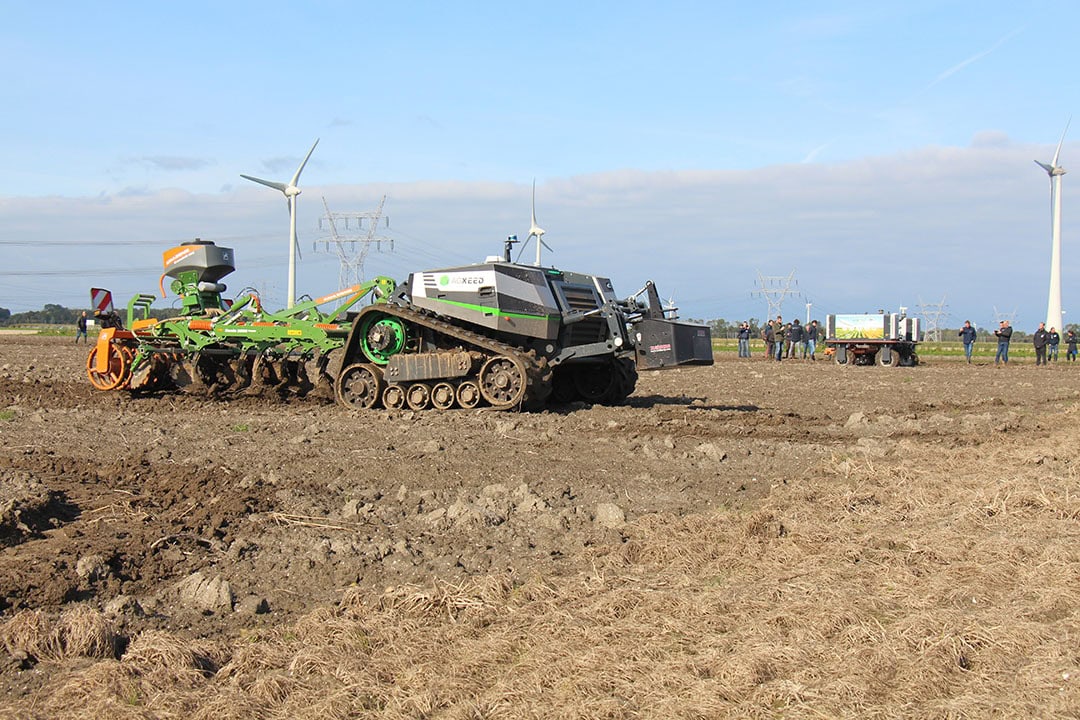Number of field robots in operation doubled since 2020

How many agricultural robots are operational and what categories are most popular? Market research shows expected CAGR’s of +19.3 to +38.4 percent. Future Farming statistics show that the number of robots more than doubled since last year.
Market analyses and predictions for ag tech in general and agricultural robots in particular are now more frequently being published than ever before. MarketsandMarkets regularly publishes research reports and recently estimated that the global agricultural robots market is expected to grow from US $ 4.9 (€ 4.3) billion in 2021 to US S 11.9 (€ 10.5) billion by 2026, at a compound annual growth rate (CAGR) of 19.3 percent.
MarketsandMarkets’ definition of robots includes milking robots, UAVs, automated harvesting systems, field robots and driverless tractors. The open field crops segment is expected to capture 40 percent, the largest share, of the market throughout the forecast period and to grow at the highest CAGR during the forecast period.
Text continues underneath image

GOFAR, the Global Organisation For Agricultural Robotics, released its market predictions just before organising its annual International Forum of Agricultural Robotics FIRA. It calculated that the agricultural robotics market is expected to reach US $ 30.1 (€ 26.5) billion by 2026. The 2021 market size is calculated at US $ 8.98 (€ 7.92) billion resulting in a CAGR of +22.03 percent.
These figures concern all segments combined: dairy & livestock, field crops, et cetera. Styleintelligence (STIQ) predicts a CAGR of +31.5 percent for the development of the market size (value) and a CAGR of +38.4 percent (numbers) for mobile farm robots between 2021 and 2030.
It remains to be difficult to compare market predictions as definitions of which markets and which products are included often vary (a lot). Maybe the growing number of robot manufacturers attending FIRA is a good guideline for true market development? In 2016, during the first edition, 5 manufacturers were present. Then subsequently 10, 12, 25 and 35 in 2020 with an expected 40 this year.
GOFAR also mentions that ‘robot manufacturers are ready to scale. Automation of robots and tools is now more advanced on crop care operations (mapping, spraying, weeding) and technological hurdles have been lifted’.
Number of field robots active in the market
Reliable information about the number of robots operational in field crops production globally is much more difficult to get as the market is rapidly growing, as there’s new robot manufacturers emerging nearly every week and as many manufacturers aren’t disclosing their sales numbers (yet). Moreover, once start-ups become part of a bigger company or tractor manufacturer, such figures are kept secret even more often.
Pellenc, a French manufacturer of machinery for vine, fruit, and olive growing recently acquired a minority stake ((just over 30 percent) in French robot manufacturer Agreenculture and estimates that 25 to 30 percent of French vineyards can be ‘robotised’. That results in a market potential of 6,000 to 7,000 robots and expected peaks of 700 to 800 robots per year.
Text continues underneath image

Electric motors
On the occasion of the EIMA exhibition in November in Italy, its organiser branch organisation FederUnacoma indicated that of the robots produced to date, 44 percent are destined for field crops, 35 percent for trees and 21 percent for horticultural crops. The vast majority is powered by electric motors (78 percent) and diesel (14 percent), 8 percent are hybrids.
Lastly, just 3 percent are autonomous tractors, while over 30 percent are used for mechanical weeding or harvesting.
Backed up by sales figures collected for the buying guide, Future Farming is also able to generate its own statistics of robots operational for open field crop production. The table below only reflects the numbers of the robots (nearly 40) included in the Future Farming robot catalogue and not every included manufacturer wants to reveal how many robots they have operational. Therefore, only the available numbers can be taken into account. Nonetheless, it can be concluded that they expect to have 107 percent more robots in operation by the end in 2021 compared to 2020. When looking at the individual robots, in fact many have indeed doubled their sales. Regarding the categories of robots, it’s the multipurpose robot category that shows the largest growth of 184 percent.
Join 17,000+ subscribers
Subscribe to our newsletter to stay updated about all the need-to-know content in the agricultural sector, two times a week.
 Beheer
Beheer



 WP Admin
WP Admin  Bewerk bericht
Bewerk bericht